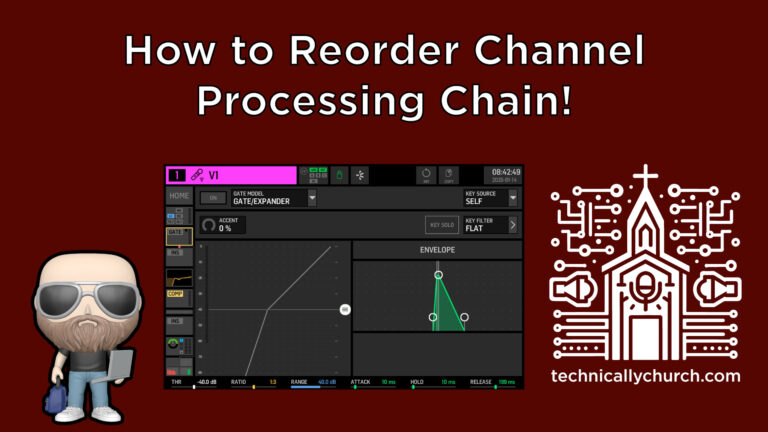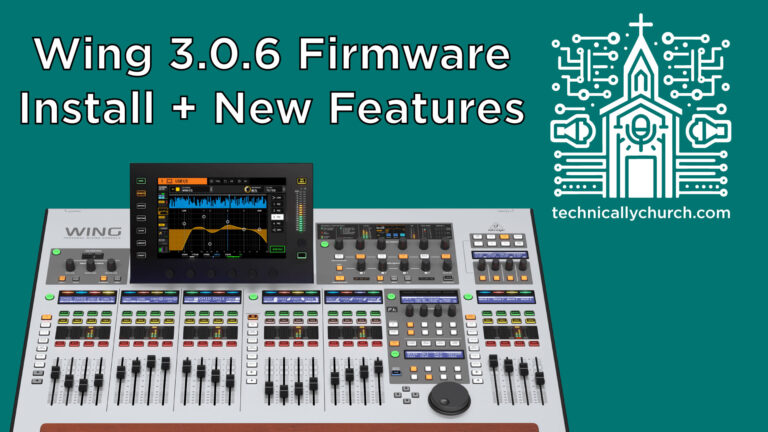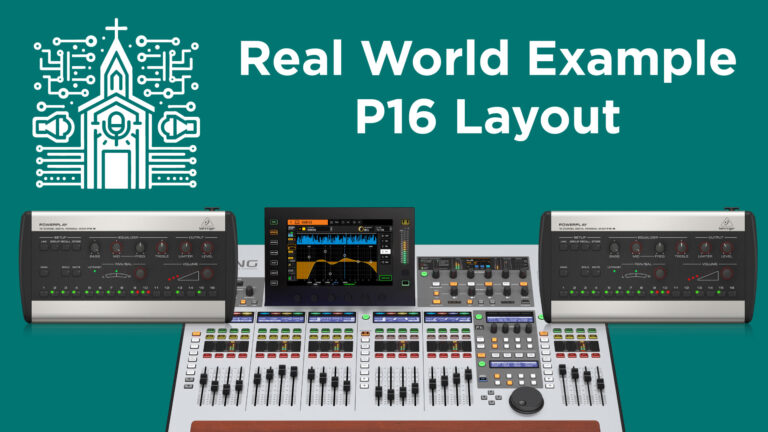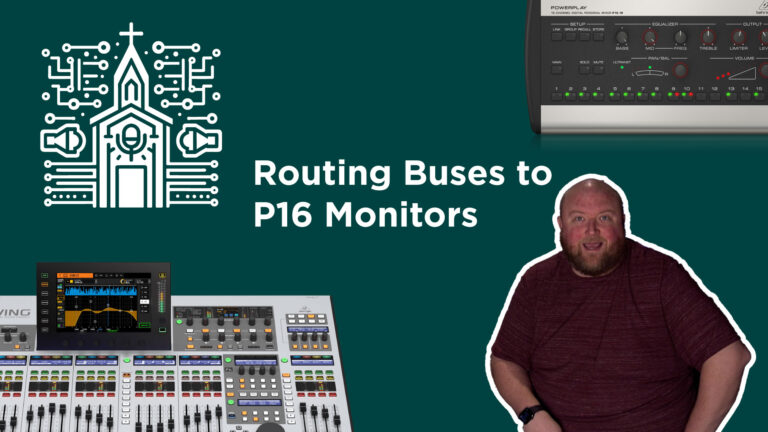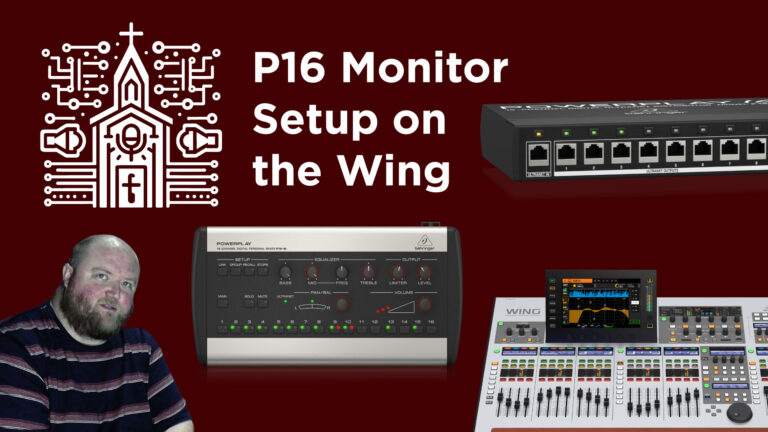Customizing the Processing Order Per Channel on the Behringer Wing
Learn how to change the processing order per channel on the Behringer Wing mixer to customize your signal flow. This lets you place gates, EQs, compressors, and insert FX in the order that best suits your mix, giving you professional-level control and flexibility for live sound and streaming.

